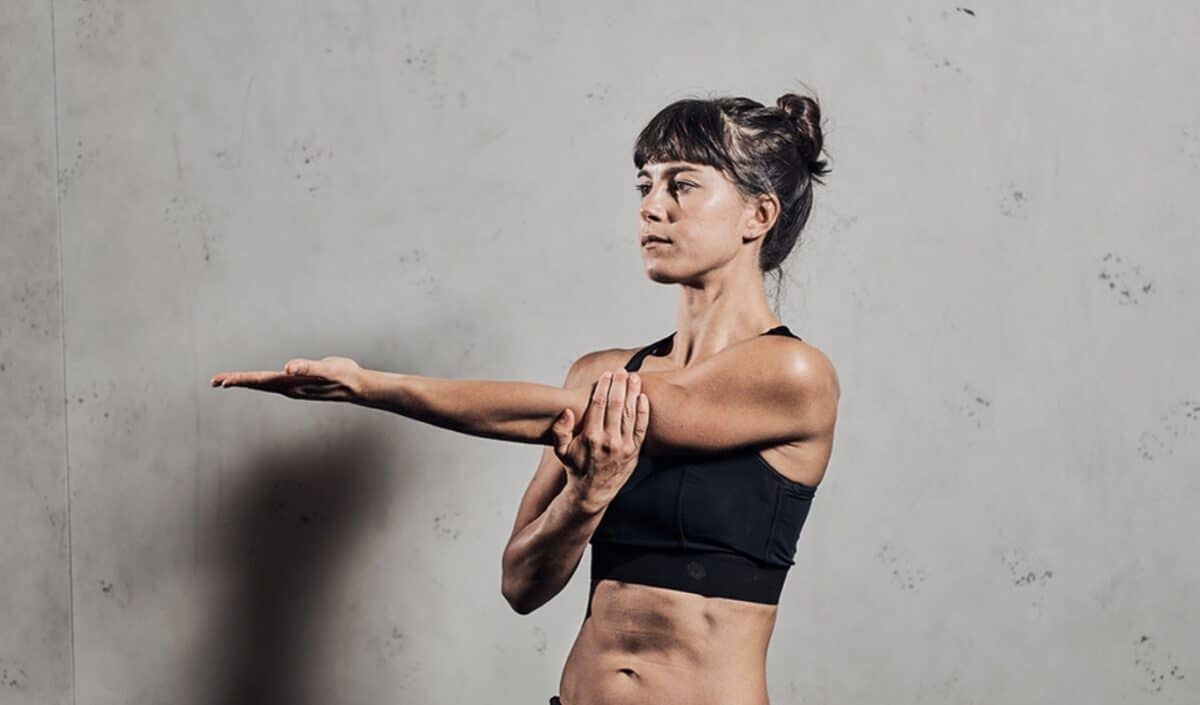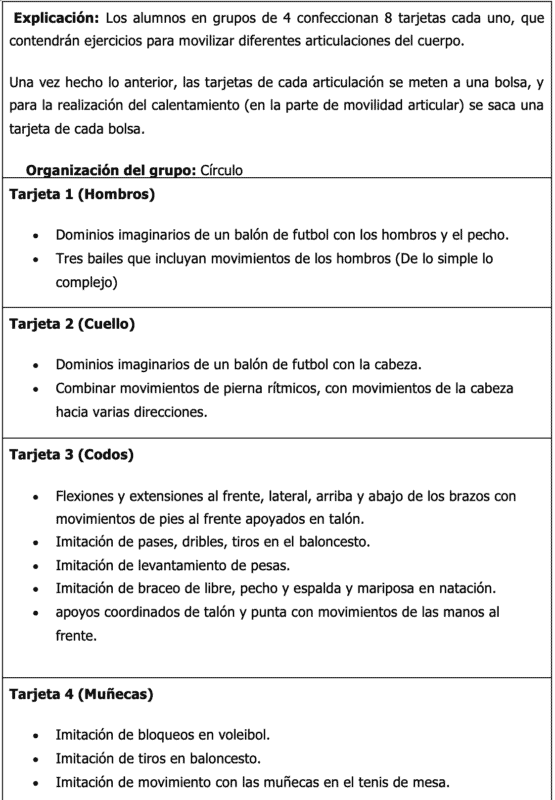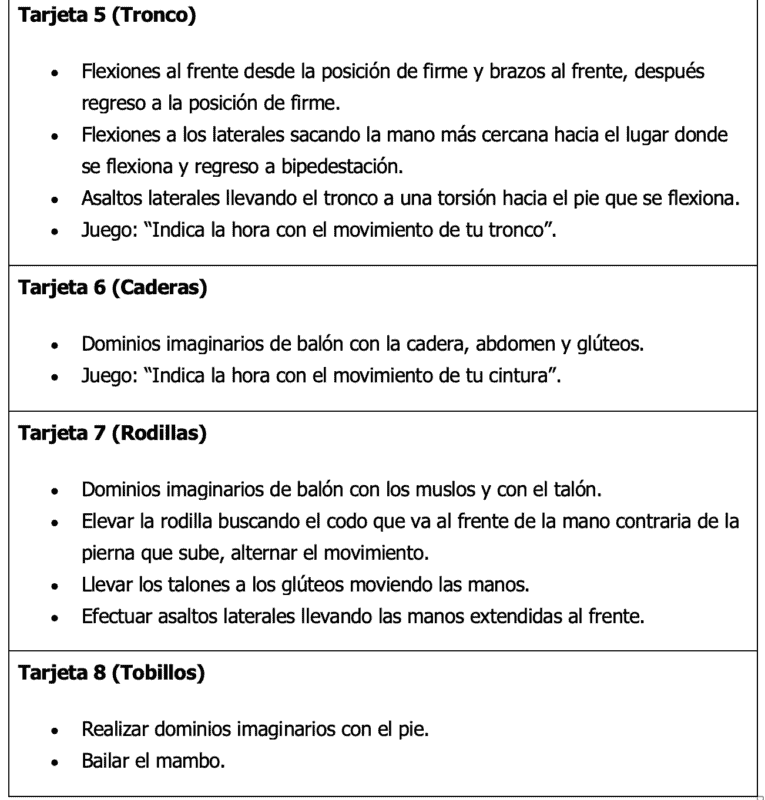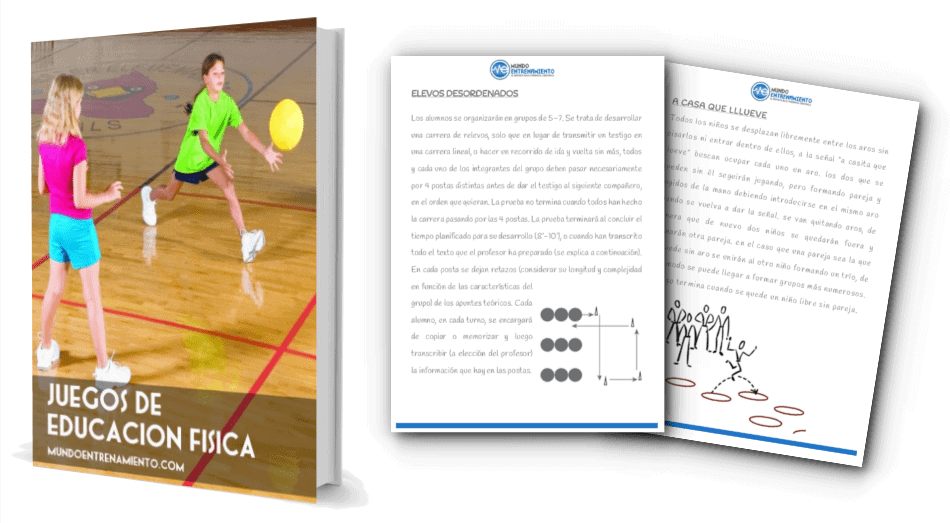In the following article, the importance of joint mobility in physical education is shown, the basic elements to know, as well as its characteristics, objectives, and benefits.
We will explain the relevance in the area of physical education both in primary education, as well as in secondary education and work proposals to implement.
What is joint mobility?
When we think of joint mobility in physical education, the word flexibility comes to mind, which can be defined as the range of motion of a joint or sequence of joints (1).
These concepts are very related, as one is achieved hand in hand with the other. If we have good flexibility, our joint mobility will be much higher than if we do not have it.
Similarly, performing stretches is linked to all this, they are essential to improve mobility.
In short, both joint mobility exercises in physical education and stretches are necessary to ensure good preparation of body tissues to adequately practice any physical activity.
Reducing the risk of injury during exertion and optimizing the structural part of the organism (2).
One of the elements of practice, during a session of physical activity or physical education, that we must consider is the warm-up, which we will focus on later.
But basically, joint mobility also has a great relationship with this, as before starting any activity, preparation of our body is necessary, and an option to follow can be the following (2):
- Joint mobility exercises in an active static way and then in an assisted way.
- Passive and static joint mobility exercises.
- Moving to a more dynamic part, dynamic joint mobility exercises and dynamic stretches.
Benefits of joint mobility in physical education
The main objective of joint mobility in physical education is to achieve the greatest possible range of mobility, to produce a series of effects or benefits in our body: fewer possibilities of injury, muscle pain, less stiffness, greater range of motion, etc.
Achieving that maximum range of mobility, the maximum limit of a joint movement, can be reached in two ways: one active and one passive (3).
- Active: Degree of mobility that can be achieved in a joint using the muscles around it.
- Passive: Degree of mobility that can be achieved in a joint after the application of an external force.
In addition to the above, the reality of the situation we live in must be taken into account, which does not entail many benefits, rather detriments to our health and mobility.
This refers to the high number of hours that most subjects spend in a seated position, both students and adults in their jobs.
The loads that must be borne when transporting objects and even school materials and the scarce physical activity that is performed. All this can cause shortening and imbalances in the muscles.
Warm-up and stretches
Is a good warm-up essential before practicing physical activity? Does it require a structure?
The warm-up is the first part, the initial phase of any physical activity practice, both inside and outside school centers.
This refers to a set of exercises that aim to prepare the body to face an increase in effort by it (2).
Of course, the structure is something relevant, each exercise to be performed must be chosen consciously, its duration, and its intensity.
We must focus on warming up and preparing the muscle groups on which the session will focus, working on joint mobility.
Some effects that we can feel or observe when the warm-up takes effect are the following: increased heart rate, increased energy substrates and oxygen in circulation, decreased muscle viscosity, and improved joint mobility.
What is joint mobility in physical education?
Joint mobility in physical education is understood as the ability to move a part of the body within the widest possible range, maintaining the integrity of the anatomical structures involved.
This property is attributed to the joints.
What does joint mobility in physical education imply?
When talking about mobility, we must start from two concepts: elasticity and flexibility (already mentioned above) (4):
- Elasticity is a property of the body that makes it, after the action of an external force that modifies it, recover its usual or previous shape and size. In other words, it is the property that any muscle has to lengthen and shorten.
If our mobility were null and the joints were rigid, it would be impossible to generate movement, the joints are “hinges” that give mobility to our body, therefore it is fundamental for any movement and of course, for physical education.
For all that it implies, it is necessary for students to know and perform mobility as part of the warm-up.
To perform joint mobility in physical education in isolated sessions with more analytical exercises and stretches, etc.
In addition, they must know the movements of the joints, knowing that the vast majority allow flexion and extension movements, others also allow rotations and circumductions (such as the hip joint) and joint mobility in physical education helps us with this.
Also essential is the knowledge of the “structure” of our body, the different joints and their composition, the ligaments, the tendons, and the muscles that are present around them.
The final objective of PE classes is to provide students with resources so that in external sessions they are able to improve and work on their joint mobility in physical education as something necessary to improve any general movement, and undoubtedly, any specific movement of a particular discipline.
Example of joint mobility in physical education
Below we show an example of joint mobility in physical education:
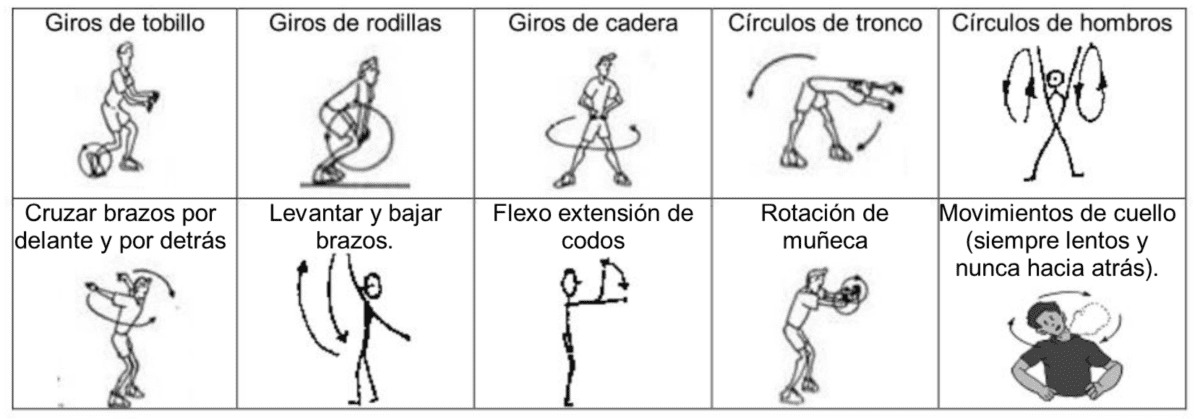
Practical proposal of joint mobility in physical education
Below is a proposal for joint mobility in physical education to be developed in any didactic unit of the physical education area with secondary education students.
The task is carried out with the objective of being worked on during the warm-up and shows several examples of joint mobility exercises in physical education (5)
Conclusions
Joint mobility in physical education is the basis of any movement, it is necessary from a crawl in quadruped for a baby, to a specific technical gesture of kicking in soccer, even when an elderly person tries to bend down to pick up a box from the floor.
It is necessary for everything, therefore, the more we enhance and work on it during childhood and adolescence, teaching habits and resources from the PE area.
In addition, we can reduce the risk of injury and achieve a greater range of mobility and with it, performance in our motor actions.
Working on joint mobility in physical education is a fundamental aspect within the warm-up, in order to prepare the joints and prevent injuries during the session.
Below you can download a free ebook on games in physical education
Bibliography
- Philips, D.A.; Hornak, J.E. (1979): Measurement and evaluation in physical education. New York.
- Ibáñez, I. and Alcaraz, J. (2011). The importance of joint mobility and stretching within the practice of physical activity. Spanish Journal of Physical Education and Sports, 15, (153).
- Ramos, D. (2007) Proposal of evaluation tests for joint mobility and study of muscle shortening in a population of compulsory secondary education. Spanish Journal of Physical Education and Sports, 12 (109).
- Briñones, A., Rosales, A. and Méndez, H. (2012) Some theoretical considerations on joint mobility. Spanish Journal of Physical Education and Sports, 17 (173).
- Cárdenas, I. (2015). Exercise proposals to motivate joint mobility of the general warm-up in physical education class. Spanish Journal of Physical Education and Sports, 20 (209).
